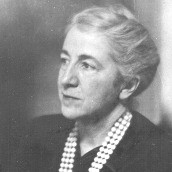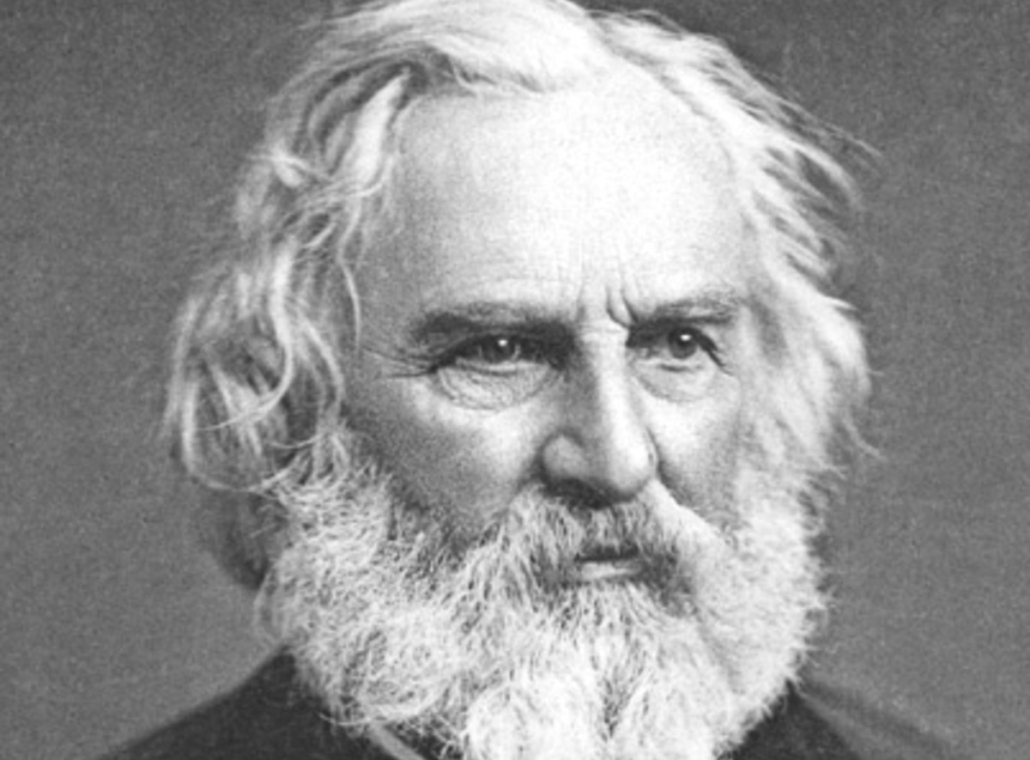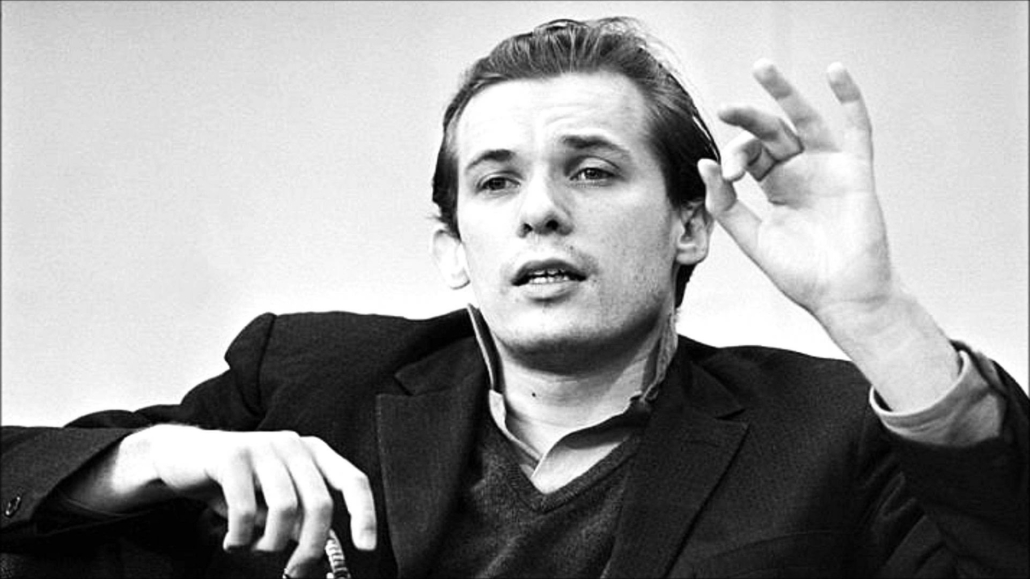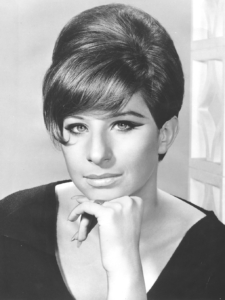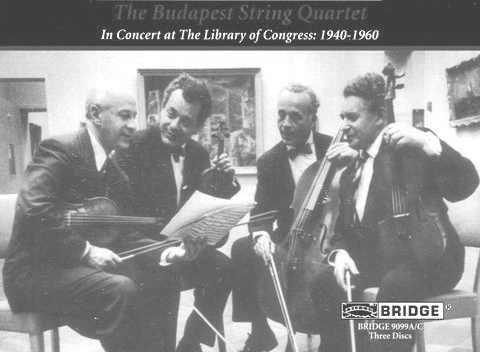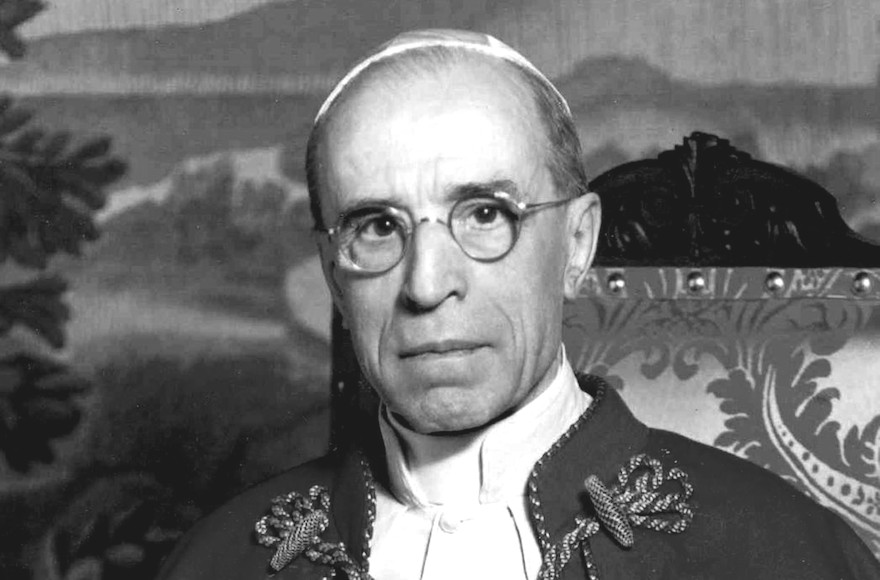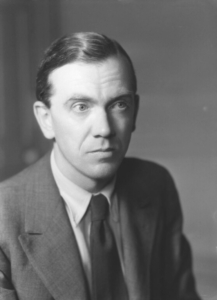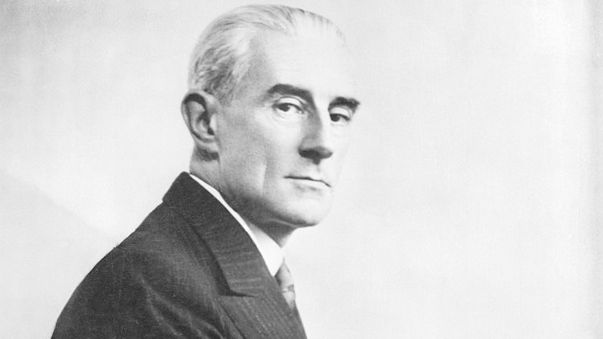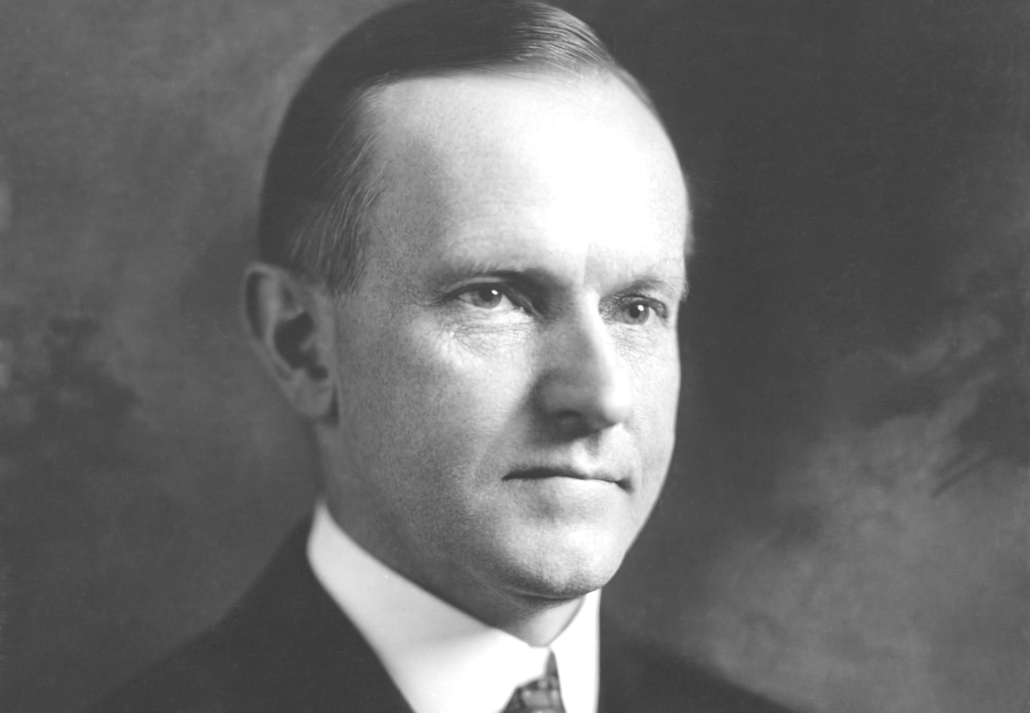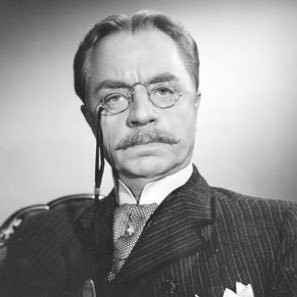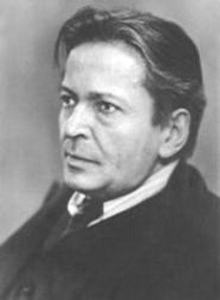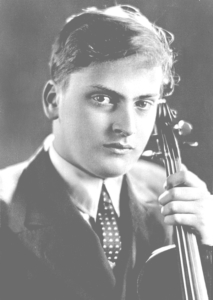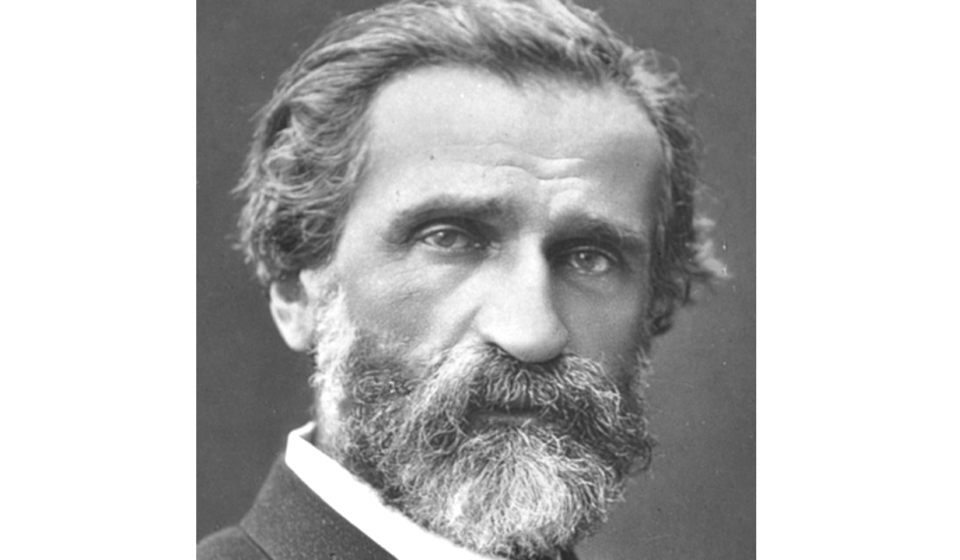REVIEW POTPOURRI: Elizabeth Coatsworth
 by Peter Cates
by Peter Cates
Elizabeth Coatsworth
“Outwardly I am 83, but inwardly I am every age, with the emotions and experiences of each period.”
Born in Buffalo, New York, the writers Elizabeth Coatsworth (1893-1986) and her husband, Henry Beston (1888-1968), lived in an early 19th century farmhouse, Chimney Farm, alongside Damariscotta Lake, in Nobleboro, Maine. She wrote over 90 books but her most famous one was the children’s novel, The Cat Who Went to Heaven, which won the 1930 Newbery Medal. I am most familiar with her 1976 autobiography, Personal Geography, in which she shares her experiences such as living on the farm with her husband and her world travels during her youth. Her writings, whether for children or adults, celebrate the majesty and mystery of life, especially in Maine, and very compassionately about cats and other similar creatures caught in a storm in her poem, This Is a Night, here in its entirety:
This is a night on which to pity cats
hunting through dripping hedgerows,
making wet way
through grasses heavy with rain,
Their delicate stepping
tense with distaste,
their soft and supple coats
sodden, for all their care.
This is a night
to pity cats which have no house to go to,
no stove, no saucer of milk, no lowered hand
sleeking a head, no voice to say, “Poor kitty.”
This is a night
on which to weep for outcasts, for all those
who know the rain but do not know the shelter.
Henry Beston was a mentor to my late Uncle Paul Cates and they all visited back and forth between Chimney Farm, in Nobleboro, and the Cates’ one, in East Vassalboro. I met them twice, 1960 and ’65, and was charmed by their kindness and warmth. Being then a record collector, I asked them if they had records and a record player. Elizabeth replied with such effusive happiness that they had acoustic 78s and a player they cranked and, quoting her, “it has a wonderful simplicity.” Her expression of those words has always stayed in my memory.
More about them in later columns.


